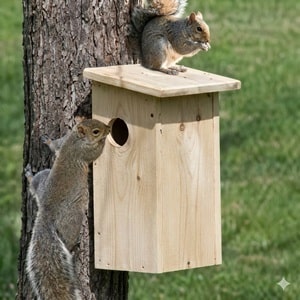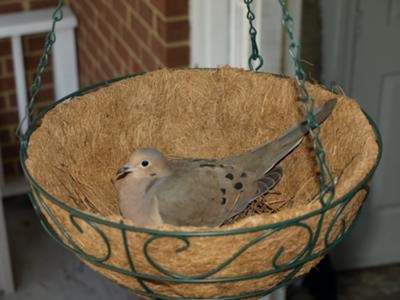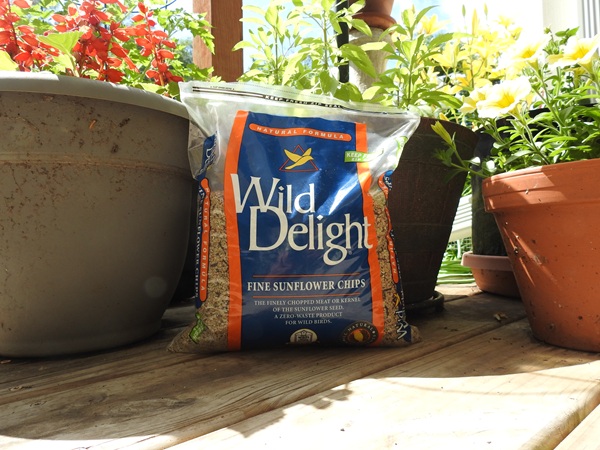Steps You Can Take to Keep Squirrels Off Your Bird Feeders
The battle with squirrels begins as soon as the first bird feeder is hung.
Their ability to hang upside down and contort their bodies in seemingly hundreds of forms makes the battle much like the Roadrunner and Wiley Coyote.
While many people enjoy watching them and their antics, this article is for those who want to know how to keep them off their bird feeders.
Our major focus is to prevent them from getting at our sunflower seed feeders.
This type of seed can be more expensive and attracts the greatest variety of birds. We want to limit the seed to just the birds.
If you use nyjer (thistle) seed, you'll have no problems with squirrels, as they are less interested in dining on the nyjer seed.
The problem with offering only nyjer seed is you limit the species of birds visiting your feeders.
There are two primary goals we are trying to accomplish:
- Keeping them from reaching our sunflower feeders
- Should they reach them, keeping them from damaging the feeder by chewing it apart.
Keeping Squirrels From Feeders
(1) Begin by surveying the site where you want to place your feeder. Bird feeders should be 8 feet away from any tree trunk, limb, fence, or rooftop.
Place feeders at least 5-6 feet above the ground.
(2) Baffles - baffles are round umbrella-shaped barriers that are placed either above a hanging feeder or below a pole-mounted feeder.
On pole-mounted feeders, baffles need to be at least 4 feet up on the pole. Five feet above ground is even better.
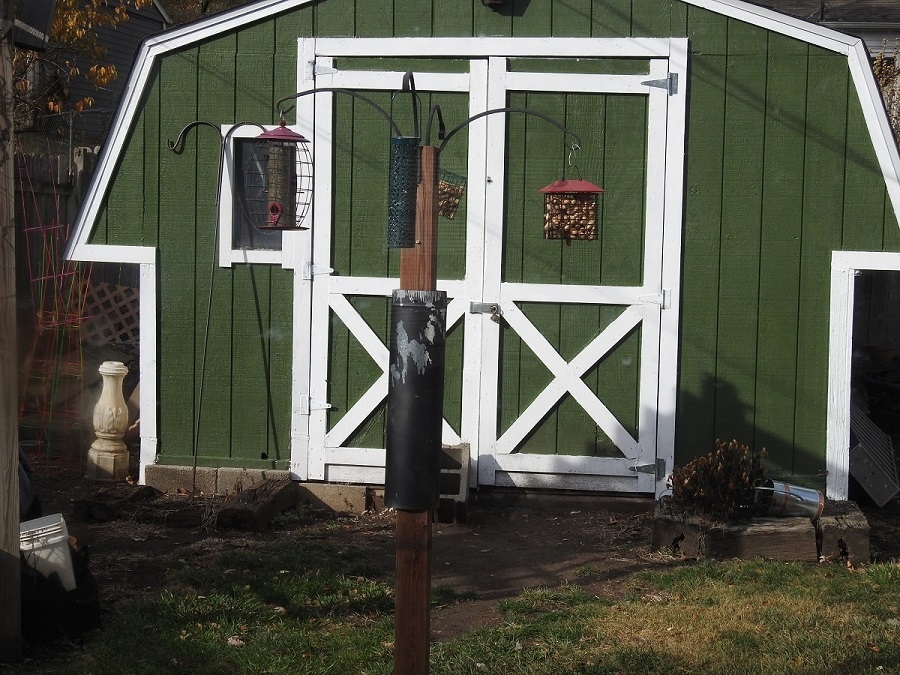
(3) Another method you might consider is using PVC pipe, available at local building supply stores. They can't climb on the PVC pipe if its diameter is large enough.
Using an 8-inch diameter PVC pipe 6 feet long and 1 treated 4 x 4 x 8 post.
Place the treated fence post 2 feet in the ground and slide the pipe over the post. Attach the feeder to the 4 x 4 post.
Remember to place feeders far enough from overhanging tree branches and rooftops to keep them from jumping to the feeder.
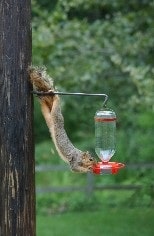
Chewing On Your Feeders
Bird feeders made from wood are the most susceptible to damage and are easily torn apart by the teeth of these animals.
Try using the methods above to deter them from destroying your feeders.
Once they can reach your wooden feeder, they'll make quick work of chewing it apart to get at the bird seed.
Look for feeders that are made from tough plastic such as Lexan, as well as metal-reinforced portals where the birds get the seed.
Another good choice is a plastic tubular feeder surrounded by a grid of vinyl-coated wire.
Hung from a branch with a baffle on top has worked very well for me in preventing squirrels from eating.
One of my favorites is made of steel and has a spring-loaded platform on which the weight of the squirrel or large bird will close the feeder door.
This type also allows room for birds like Cardinals to feed from.
Another design offered by Droll Yankee, a well-known supplier of bird feeders, is the Droll Yankees Flipper
This feeder is squirrel-proof and almost more fun to watch the squirrels try to get at the seed than watching the birds, well, almost.
Final Thoughts
Accept that these creatures are a part of nature and offer cracked corn on low-platform feeders for them.
Cracked or Whole Kernel Corn is inexpensive and can be found at farm supply stores and most places that offer bird seed.
When using corn, placed it close to the ground away from your bird feeders to draw them away.
Another option is to use Diversion Feeders. These are feeders that will attract them away from your bird feeders.
Who knows, maybe you'll come to enjoy their activity on a wintry day when there seems to be no other life in the great outdoors.
Related Reading:
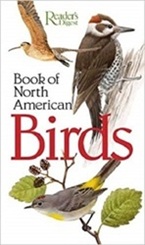
|
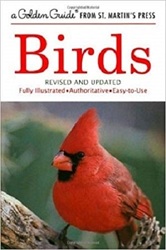
|
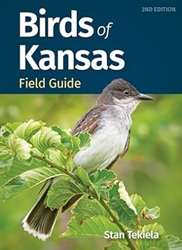
|
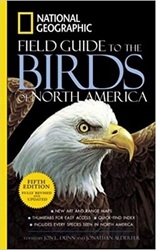
|
| Readers Digest Guide | Golden Guide | Your State Only | Nat-Geo Guide |
